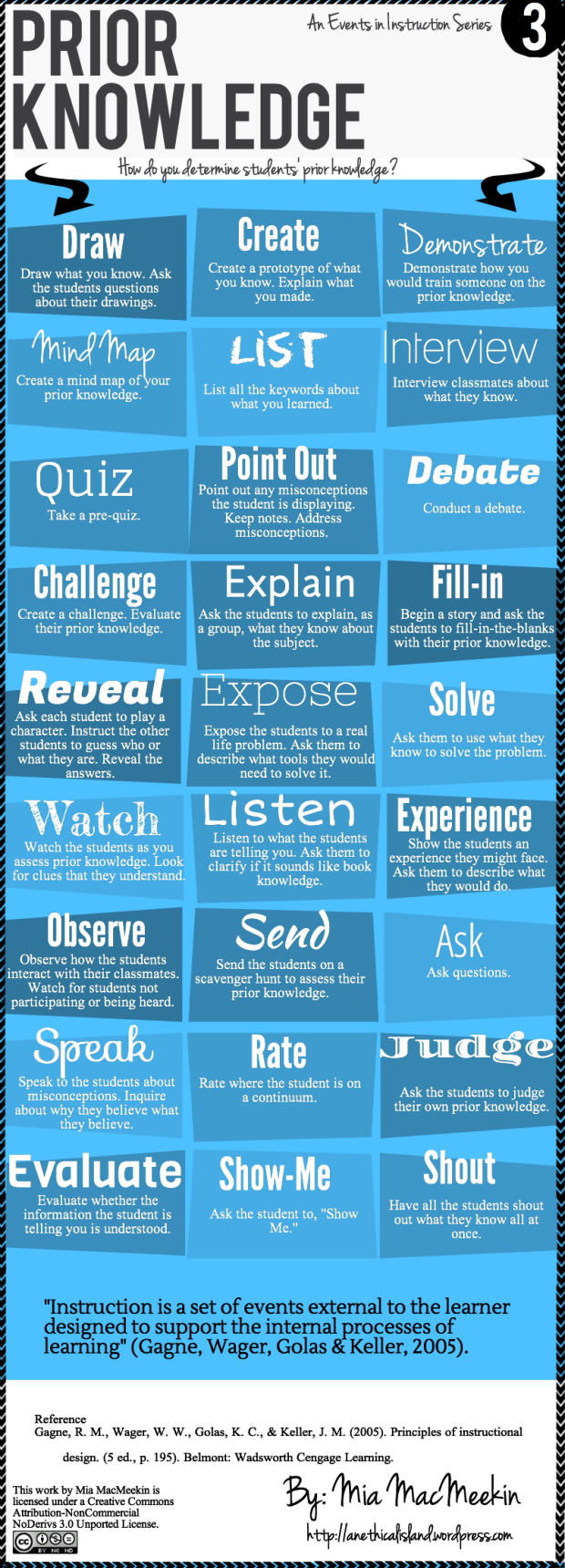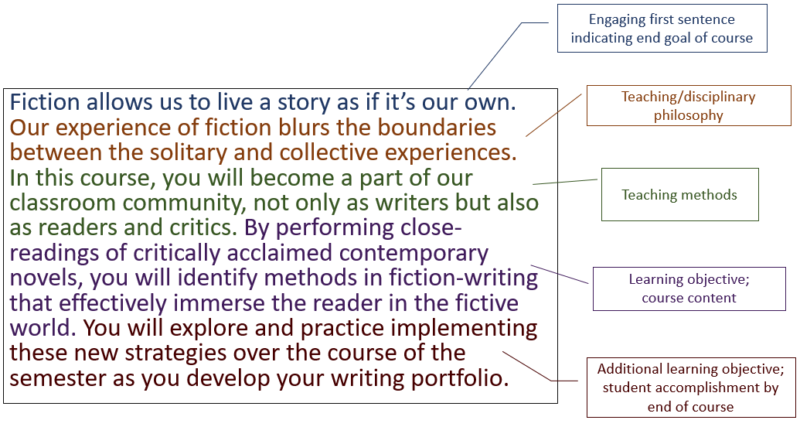* Today’s post comes from the 2018-19 Teaching Issues Writing Consortium, a collaboration of over 40 institutions of higher-education. Author information is included below *
“People often say that motivation doesn’t last. Well, neither does bathing – that’s why we recommend it
daily.”
-Zig Ziglar, American author and motivational speaker
Students spend hours on co-curricular activities, but can resist investment in coursework. Why is that?
One possibility is low motivation. Jon Wergin’s motivation framework yields actionable strategies to
influence motivation. Although Wergin’s framework focuses on faculty, his principles apply to all
learners.
Autonomy: Having choice and ownership lead to high autonomy and contribute to positive motivation,
and are easy for an educator to manipulate in her course. For example, rather than assigning an essay
exploring the cultural forces leading to a specific event (e.g., the French Revolution), the educator could
allow each student to choose which event they think best illustrates the core concepts (e.g., how does
national identity contribute to the Arab Spring or the American Civil War).
Community: Humans, even introverts, are communal creatures. Educators can welcome students to the
scholarly community of the classroom. They can adopt strategies like collective determination of exam
dates, an email list or message board for anyone to post to, responsibility of students to others to
promote their success (e.g., peer review approaches), and having the class norm of summarizing the
previous comment before adding a new idea. These strategies and others help build a learning
community.
Recognition: According to Dale Carnegie of How to Make Friends… fame “Remember that a person’s
name is to that person the sweetest and most important sound in any language”. I’d add “attached to
praise”. Students do many praise-worthy things. Educators can make public affirmations (“Malcolm sent
me this great website, let’s take a look”) and illustrate how past work becomes future affirmation (“Last
term, Jackie Benson and Jerry Marshall drafted this model that incorporated at least seven different
concepts”). Word spreads. For especially neat outcomes, alert your communications office.
Efficacy: Everyone is motivated to do things they are good at. The problem is that good requires a lot of
practice and mistakes, two experiences most people choose to avoid. In addition, the point of learning is
that one isn’t already an expert. To counteract our nature tendency to avoid new and challenging tasks,
educators can create heavily scaffolded experiences and intentionally escalate the complexity of work.
Then, refer to past success to point to the likelihood of future success.
By using these strategies, educators can create an environment that promotes student motivation.
References & Additional Resources
Pintrich, P. R. (XX). A motivational science perspective on the role of student motivation in learning and
teaching contexts. Journal of Educational Psychology, 95(4), 667-686.
Ryan, R. M. & E. L. Deci. (2000). Self-determination theory and the facilitation of intrinsic motivation,
social development, and well-being. American Psychologist, 55(1), 68-78.
Wergin, J. F. (2001). Beyond carrots and sticks. Liberal Education, 87(1), 50.
Author: Ella L. Ingram, Associate Dean for Professional Development
Rose Hulman Institute of Technology
ingram@rose-hulman.edu


